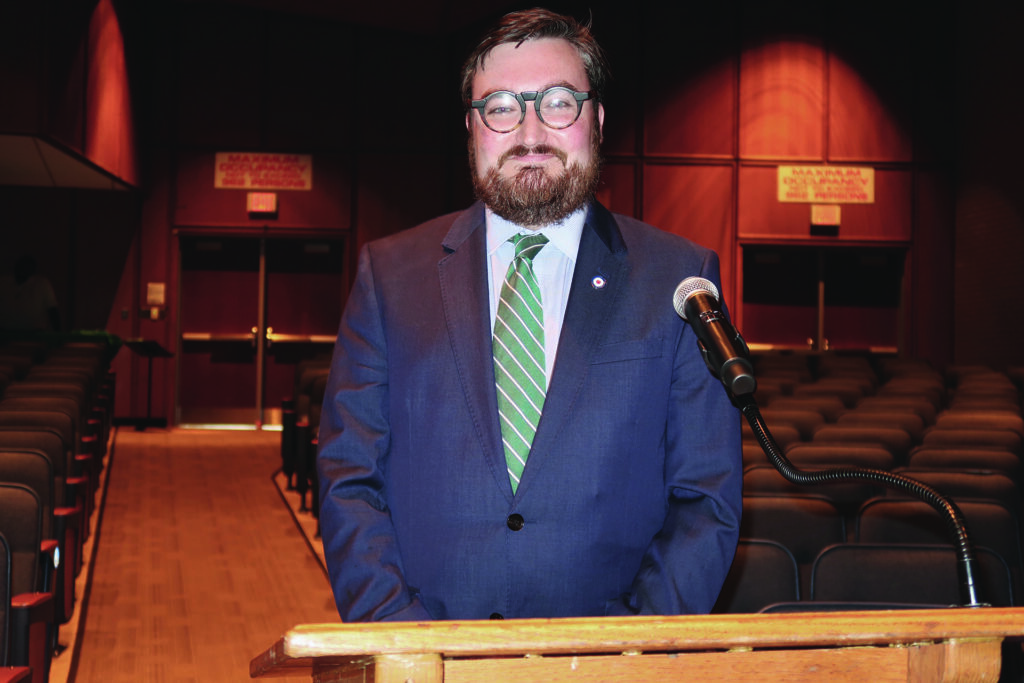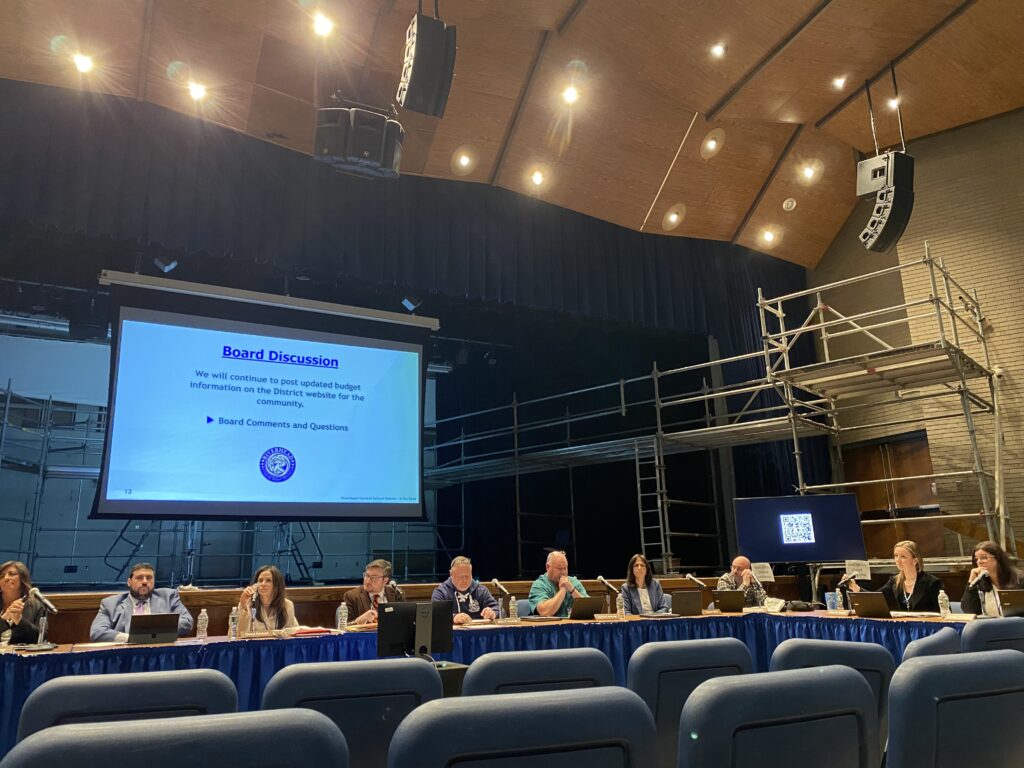Mandates fix costs at schools
When voters trek to the polls May 18 to render a decision on school district budgets, most will focus on the bottom line: How much more is it going to cost?
What they may not realize, according to local administrators, is how little control their local school boards have over spending.
A memo from the State Education Department issued in April took six pages to list what the department agreed were “mandates” to local districts.
It’s not just the unfunded and underfunded mandates handed down by state and federal governments and contractual agreements, according to Michael Ivanoff, Riverhead assistant superintendent for finance and operations. In his district, there are a lot of “untouchables” — programs not mandated, but so embedded in the structure and operation of the schools that the board must fund them, he said.
He pointed to full-day kindergarten programs, sports, ROTC, advanced placement courses and extracurricular activities as examples.
On top of those costs, add the fact that New York State has taken some federal mandates even further than the Feds would have required, adding cost to some programs, he said.
Riverhead faces still another burden that so far hasn’t affected other North Fork school districts to the same degree. About $2 million of its projected $108 million budget must be paid for tuition and services for students whose families send them to the Riverhead Charter School. That’s a lot more than it would cost the district to educate those students within the public school system, Mr. Ivanoff said.
What bothers him and members of the school board is that the charter school isn’t held to some of the same requirements that the public school is. For example, Riverhead has to submit to state audits and the charter school doesn’t.
“It’s very frustrating,” Mr. Ivanoff said.
Since the 2005 Roslyn School District embezzlement case that cost that district almost $12 million, public school districts have been subject to strict reporting and auditing requirements that are expensive. No one argues that full accountability is necessary, but many complain when they’re forced to submit the same basic information in different forms over and over to different legislative committees in Albany.
For tiny New Suffolk, that required expanding the hours of a part-time clerk to full time, Superintendent Robert Feger complained last year.
Mr. Ivanoff has been meeting with North Fork United Schools to explore ways to consolidate some expenses among East End districts and is encouraged by the One Island, One Voice campaign aimed at changing the basic state aid formula, but none of that is going to impact districts right now, he said.
“It won’t change anything this year,” he said.
Mr. Gamberg, who has been leading the campaign, has joined with other superintendents in calling on the state to share equally the costs of funding pensions, health insurance and special education.
“The district has the lion’s share of those costs” despite some state and federal reimbursements, Mr. Gamberg said. Each district’s so-called “discretionary spending” is the smallest piece of the budget, he said.
Even when costs aren’t specifically mandated, local administrators have little latitude in deciding whether or not to allocate money, Mattituck-Cutchogue Superintendent James McKenna said. His board agreed to put $100,000 into a capital improvements fund. It’s not a mandated requirement but the state does require reports about building conditions.
“You can’t let it go forever,” Mr. McKenna said about maintenance, repairs and replacements.
In Greenport, a $16,000 allocation to repair bleachers on the playing field isn’t mandated, but the condition of those bleachers makes them unsafe and the district’s insurer has been firm that they must be repaired, replaced or not used. The cost of replacement would have been more than $100,000, according to school board member Tina Volinski.
Student testing is mandated, but training of staff to administer the tests isn’t, Mr. McKenna said. He doesn’t see how the local district can avoid bearing that expense. Similarly, the district doesn’t have to put money into new computers every year. But Mattituck has some that are 10 years old.
“Some of them are old enough to be doorstops,” he said.
Special education services are mandated, as is transportation on the rural East End. While students and parents may not opt to use the provided buses, districts still have to contract for enough seats to serve them.
Academic intervention services are mandated for students who fail to score high enough on state tests. So, too, are school aides to assist special education students. Other aides working with mainstream students in some classrooms aren’t mandated but, in a large class, they’re needed, Mr. McKenna said.
Other mandates run the gamut from administrative and business costs to facilities requirements, health and safety regulations and technology and human resources services.
At the end of the day, administrators agree with Oysterponds Superintendent Stuart Rachlin, who frequently has said that he and board members are left to decide only how many paper clips they’re going to purchase.








